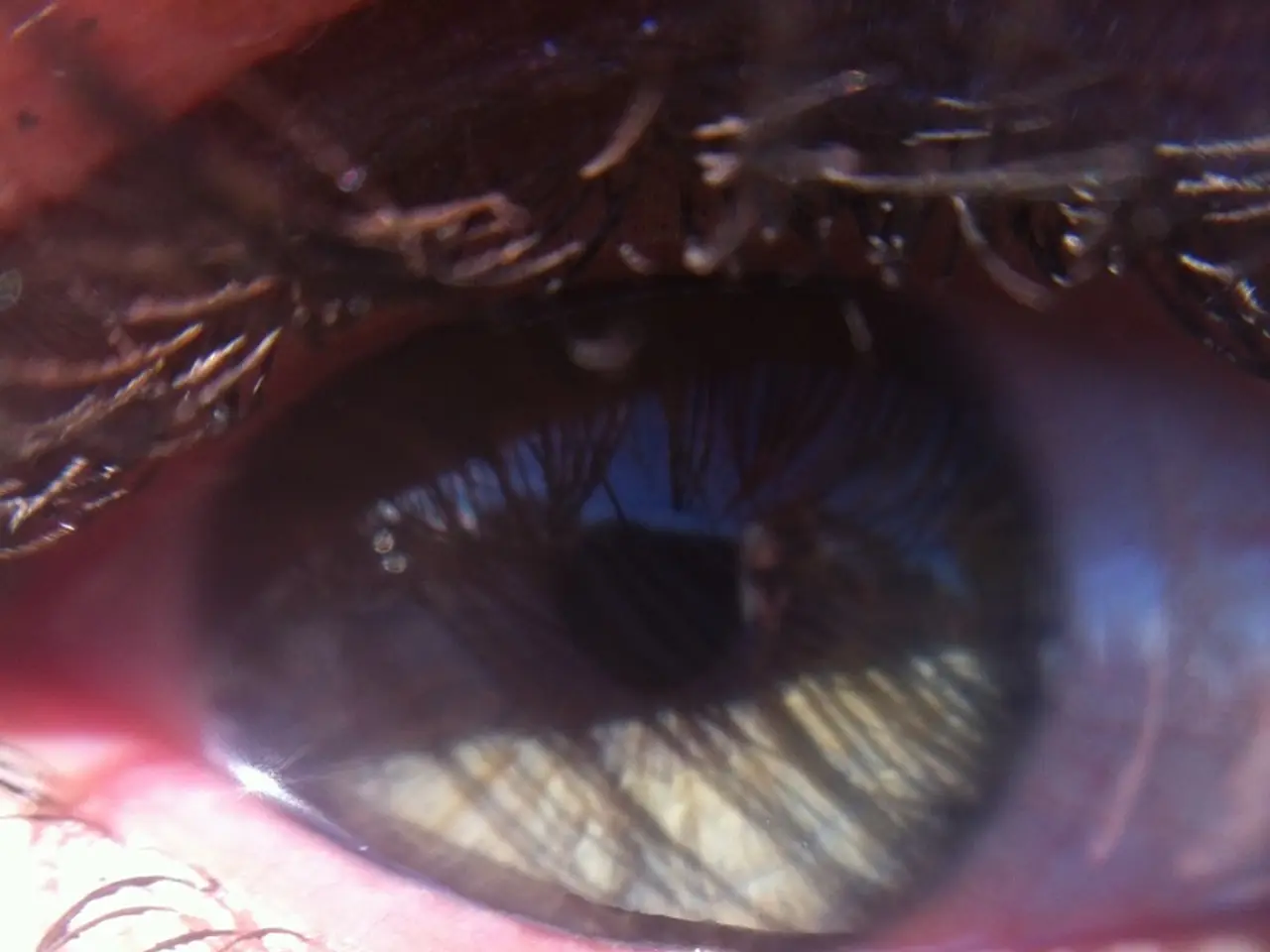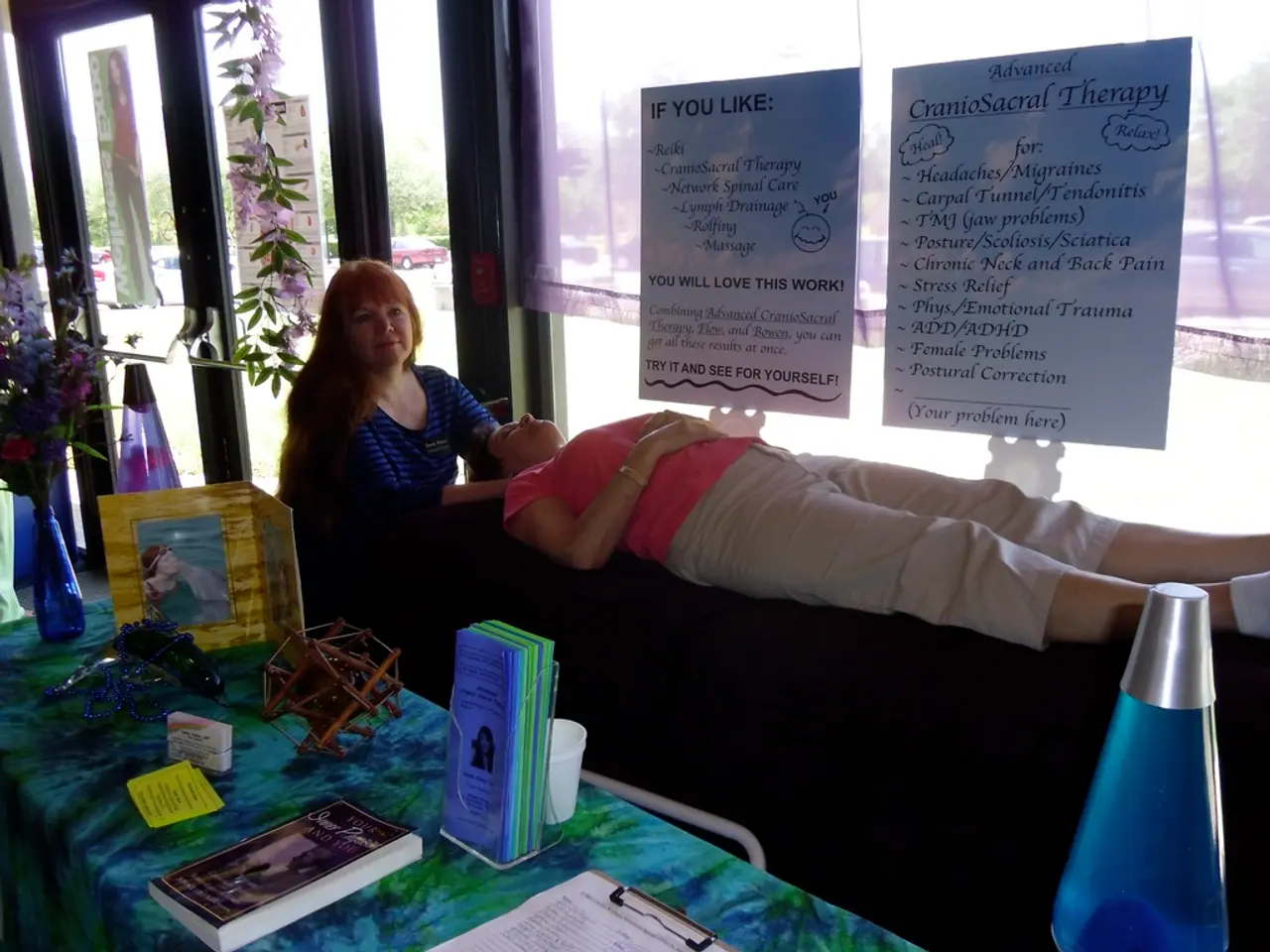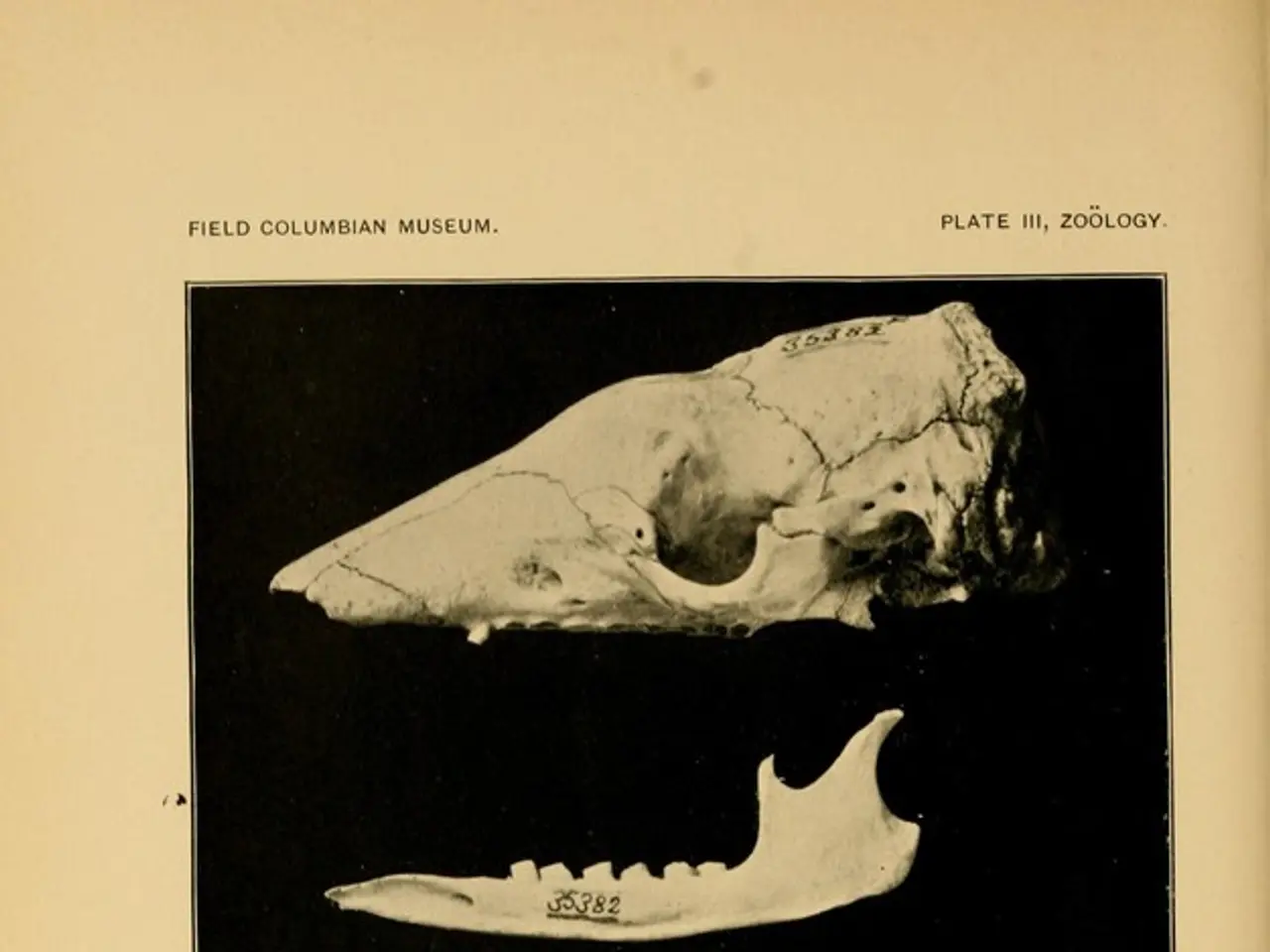Specialist for dry eye discusses the conditions they address and methods to locate them
Dry eye disease (DED) is a common condition that affects many individuals, causing discomfort and affecting vision. Specialists in this field focus not only on treating DED itself but also associated conditions that can contribute to or coexist with dry eye symptoms.
Dry eye specialists primarily treat DED along with related ocular surface conditions. These include blepharitis, an inflammation of the eyelids that can exacerbate dry eye symptoms, and allergic or infectious conjunctivitis, which can impact tear production and ocular comfort.
Autoimmune diseases such as Sjögren's syndrome, sarcoidosis, lupus, and rheumatoid arthritis can also cause or worsen dry eye. In addition, systemic factors like thyroid disease or hormonal changes can affect tear production.
Ocular surface inflammation and infections may require antibiotics or topical steroids to reduce eyelid and surface inflammation that impairs tear composition. Tear drainage abnormalities, such as blocked tear ducts, can cause reflex tearing or excessive tearing and may be addressed by punctal plugs or other procedures.
Refractive surgery complications, like post-LASIK dryness, are also addressed by dry eye specialists, who tailor treatments including artificial tears, prescription drops, lid hygiene, oral antibiotics, in-office procedures, and emerging therapies.
Symptoms of dry eye include a scratchy, gritty feeling, stinging or burning in the eye, redness, light sensitivity, blurred vision, mucus in or around the eyes, and eyes producing extra poor-quality tears that do not stay on the eye's surface. For less severe cases, using artificial tears throughout the day may provide enough lubrication to solve the issues.
For more severe cases, doctors may use tiny plugs to block the tear ducts so that tears stay on the surface of the eye longer. In some cases, a special type of contact lens called a scleral lens may be recommended to provide continuous moisture. If normal artificial tears have not worked, a dry eye specialist may prescribe one of several types of prescription artificial tears.
If problems performing normal activities, changes in vision, especially when using a digital device, little relief from eye drops, burning, stinging, scratching, or watery eyes, or symptoms continue following at-home treatment, a person should contact a medical professional.
Many causes of dry eye exist, including environmental factors such as wind, dust, air-conditioning or heating, cold, sunlight, and smoke, hormone fluctuations, certain medications, medical conditions like autoimmune disorders, and activities that reduce blinking for an extended time, such as looking at a computer screen or reading. People who wear contact lenses are more susceptible to dry eye.
A person can find a dry eye specialist through their primary care physician or eye doctor, or by using online directories such as the American Optometric Association, the American Academy of Ophthalmology, or the Optometrist Network. A dry eye specialist will conduct a thorough health history and an external examination of the person's eye and eyelid, examine the eyelid and cornea using special lights, analyze a person's tears for quantity and quality and any abnormalities, examine the meibomian glands, and advise the person on the best course of treatment. For blepharitis or inflammation of the eyelid, warm compresses can relieve swelling and help reduce blockages of the oil glands.
In summary, while dry eye disease is the central focus, specialists also treat associated eyelid inflammation, conjunctivitis types, systemic autoimmune influences, infections, and tear drainage issues to comprehensively manage ocular surface health.
- Dry eye specialists not only treat dry eyes but also associated medical-conditions, such as blepharitis, allergic or infectious conjunctivitis, and systemic factors like autoimmune diseases or hormonal changes that can affect tear production.
- For severe cases of dry eye, specialists may prescribe prescription artificial tears, use tiny plugs to block the tear ducts, or recommend a scleral lens to provide continuous moisture.
- Outside of treating dry eye, a dry eye specialist may also advise on managing associated mental-health issues, such as the stress or anxiety that can sometimes occur due to chronic dry eye symptoms and impact overall health-and-wellness.




